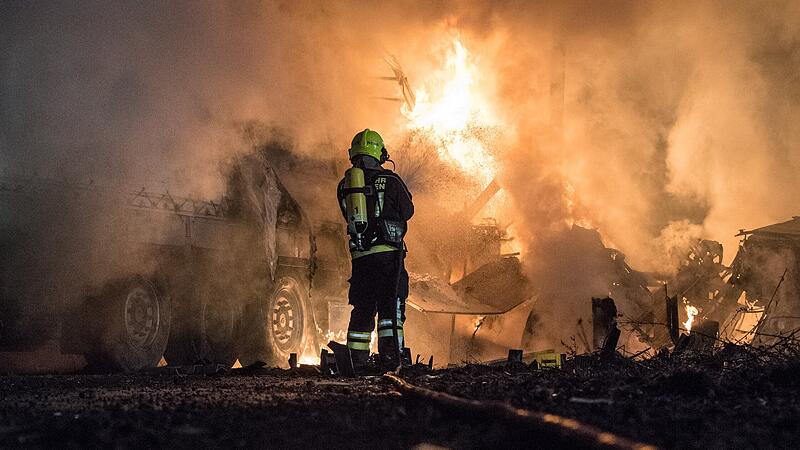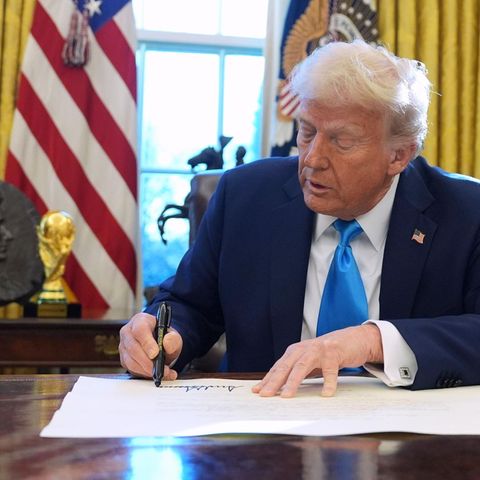Image: fotokerschi.at
Today one would call it a “shitstorm” what the State Audit Office (LRH) triggered 15 years ago with its audit of the Upper Austrian fire brigade. “In order for the system to have the greatest possible effect, modern and optimal management and organizational structures are necessary,” judged the then LRH director Helmut Brückner. And: There are basically too many fire brigades in Upper Austria (there were 925 at the time) and the state fire brigade association only wants to “maintain the status quo”.
Markus Voglhuber, division manager in the state fire brigade command, can still vividly remember this criticism from the audit office 15 years later: “The fire brigade was criticized from the office chair without knowing the system,” he says. After the LRH report became public, the phones in the fire brigade command never stopped ringing. “There was hardly a commander who didn’t call us back then to vent his anger. The whole thing escalated to such an extent that some even called for a strike.”
There was no strike. But very well to several clarifying discussions between auditors and officers of the state fire brigade command. “In the meantime, the relationship with the state audit office is good again,” says Voglhuber: “This is mainly due to the fact that we were able to convey to the state audit office how volunteering works in Upper Austria.”
With support from the country
According to the report by the Court of Auditors, state politics quickly rushed to help the fire brigades. The responsible control committee decided that most of the points of criticism “should not be subjected to any further examination”. Political capital could also be made from the offended fire brigades: “You can rely on Upper Austria’s fire brigades” had the then fire brigade provincial councilor Josef Stockinger (VP) put up posters up and down the country. In any case, not much has changed in the basic structures of the fire brigade in Upper Austria in the past 15 years: there are 913 fire departments spread over 438 municipalities in Upper Austria. A professional fire brigade (in Linz), 32 company fire brigades and 880 voluntary fire brigades. But what has changed: “With a requirements plan, we have precisely defined what tasks the respective fire departments have and what equipment they need for this,” says Voglhuber.
Only seven Upper Austrian municipalities do not have their own fire brigade, Vöcklamarkt in the district of Vöcklabruck has eight. And is (apart from Linz) the community with the most in the country.
But why are there so many weirs in the country? “An important point is the alarm and arrival times. Our goal is to be at the scene of the emergency no later than 17 minutes after the emergency call,” says Voglhuber. The faster the rescuers are there, the more likely it is that they can still save lives after a serious traffic accident.
- 913 fire departments are in the 438 Upper Austrian municipalities. The only professional fire brigade is stationed in Linz. In addition to 880 voluntary fire brigades, there are also 32 company fire brigades.
backbone of disaster relief
The system is also designed redundantly. This means that even if several fire brigades are already on duty, there are still reserves in case further alarms come. 201 fire brigades in Upper Austria are equipped for special tasks: equipment for fighting forest fires, oil operations, diving operations, drone flights or radiation protection are distributed at 419 bases in the country.
Last but not least, the fire brigades are the backbone of civil protection in the country: “We can get 5,000 people on the march within three hours,” says Voglhuber. For comparison: A comparably large-scale mobilization of the federal army would take at least a few days in the event of a disaster.
“The most important part of the fire brigades are the members, who, through their voluntary commitment, enable rapid and comprehensive assistance in emergencies,” says Upper Austria’s provincial fire brigade commander Robert Mayer. There are around 66,000 active firefighters in Upper Austria.
Mergers or even dissolutions of fire brigades are rare. In the past 15 years, only 12 weirs have been merged and 13 dissolved in the country. The example of Leopoldschlag shows how lengthy a merger can be. There the former four fire brigades (Markt Leopoldschlag, Mardetschlag, Dorf Leopoldschlag and Wullowitz) were combined under a joint command. Discussions lasted 20 years before this merger could be implemented: “It took many attempts, but we are very satisfied with the result,” says Commander Patrick Hoffelner. “Mergers are often about historically grown structures, no commander and no mayor wants to lose his fire department,” says Voglhuber. And probably the most important thing: “We don’t want to lose anyone through mergers. Each and every volunteer is valuable to us.”
Source: Nachrichten




